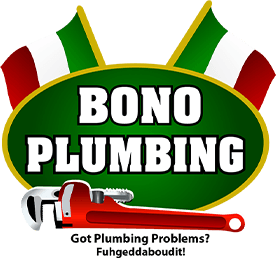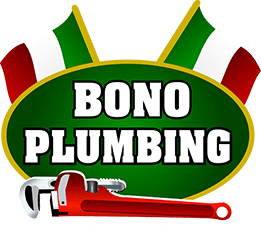Water pressure is a vital aspect of our daily lives, impacting everything from shower comfort to efficient dishwashing. Yet, many homeowners overlook this essential element until issues arise. In this blog, we'll delve into the significance of water pressure, how to assess it, and steps to adjust it for optimal performance.
Why Water Pressure Matters
Water pressure refers to the force at which water flows through your plumbing system. Proper water pressure ensures that appliances, faucets, and showers function as intended. Low water pressure can lead to frustrations like weak showers and slow-filling washing machines, while excessive pressure might cause leaks, damaged pipes, and unnecessary water consumption.
Assessing Water Pressure
Before making any adjustments, it's crucial to understand your home's current water pressure. Follow these steps to gauge it:
1. Use a Pressure Gauge: You can purchase a pressure gauge at a hardware store. Attach it to an outdoor faucet or washing machine outlet, and open the faucet fully. The gauge will display the pressure in pounds per square inch (psi).
2. Check Recommended Range: The ideal water pressure for residential homes usually falls within the 40 to 60 psi range. If your reading is below 40 psi, you might experience weak water flow. Pressure above 60 psi could lead to unnecessary strain on your plumbing system.
Adjusting Water Pressure
If your water pressure falls outside the recommended range, you can take steps to adjust it. However, if you're uncertain or uncomfortable working with plumbing systems, it's best to consult a professional plumber.
1. Increase Water Pressure
- Check the Main Valve: Ensure the main water valve is fully open. Sometimes, it's accidentally turned partially closed, leading to reduced pressure throughout the house.
- Pressure Regulator Valve: Locate your home's pressure regulator valve, usually near the main water supply. Adjust the valve using a wrench – turning it clockwise will usually increase the pressure.
2. Decrease Water Pressure
- Pressure Regulator Valve: If your pressure is too high, the pressure regulator valve can be adjusted to lower it. Turning the valve counterclockwise can help reduce the pressure.
3. Consult a Professional
- If adjusting the pressure regulator valve doesn't yield the desired results, or if you're uncomfortable making adjustments yourself, it's advisable to call a licensed plumber. They have the expertise to diagnose the issue and make the necessary adjustments safely.
Maintaining Optimal Water Pressure
Once you've achieved the right water pressure, it's essential to maintain it for efficient water usage and a well-functioning plumbing system:
- Regular Inspections: Periodically check your pressure gauge to ensure the pressure remains within the recommended range.
- Leaks and Repairs: Promptly address any leaks or plumbing issues to prevent them from affecting your water pressure.
- Professional Maintenance: Schedule routine maintenance with a plumber to ensure your pressure regulator valve and entire plumbing system are in good condition.
Understanding your home's water pressure and knowing how to adjust it can save you from costly plumbing repairs and ensure a smoothly functioning plumbing system. By following the practical tips outlined in this blog post, you can confidently address common water pressure issues. Remember, if you encounter complex problems or lack the necessary expertise, it's always wise to seek professional help.
At Bono Plumbing, we specialize in understanding and adjusting water pressure for homeowners in Troy, MO. Our experienced team is ready to assist you in maintaining optimal water pressure throughout your home. Contact us today to schedule a consultation.

